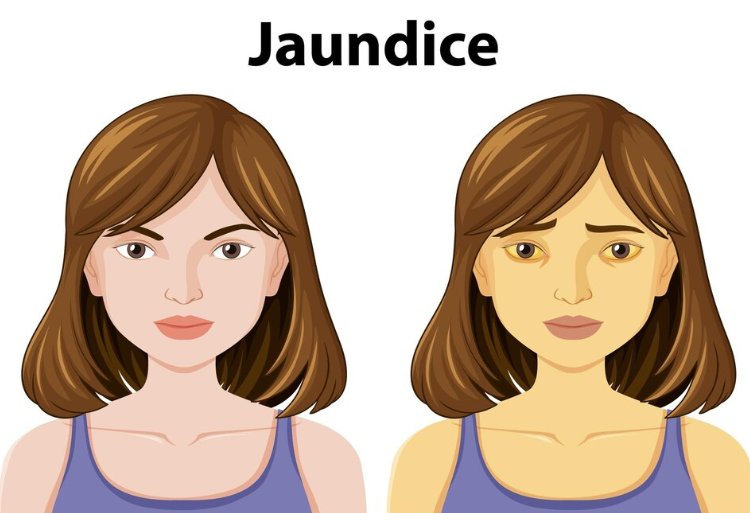The Yellow Alarm: Recognizing the Signs and Symptoms of Jaundice
Jaundice is a medical condition characterized by the yellowing of the skin, mucous membranes, and whites of the eyes. It occurs when there is an excess of bilirubin in the blood, a yellow pigment that forms as a byproduct of the breakdown of red blood cells. Jaundice can be a symptom of various underlying health conditions, ranging from relatively harmless to potentially life-threatening. Understanding its causes, symptoms, and treatment options is crucial for effective management.

Causes of Jaundice:
Jaundice can be caused by several factors, including:
-
Excessive Breakdown of Red Blood Cells: When red blood cells break down, they release bilirubin, which is normally processed by the liver and excreted in bile. If there is an increased rate of red blood cell breakdown, such as in hemolytic anemia, the liver may become overwhelmed, leading to jaundice.
-
Liver Diseases: Conditions that affect the liver, such as hepatitis, cirrhosis, or liver cancer, can impair its ability to process bilirubin effectively, resulting in jaundice.
-
Bile Duct Obstruction: Blockage of the bile ducts, either due to gallstones, tumors, or inflammation, can prevent the flow of bile from the liver to the intestines, leading to the accumulation of bilirubin in the blood and subsequent jaundice.
-
Newborn Jaundice: Many newborn babies experience mild jaundice shortly after birth, which is usually due to the immature liver's inability to process bilirubin efficiently. This type of jaundice typically resolves on its own within a few days.
-
Infections: Certain infections, such as malaria or sepsis, can cause the destruction of red blood cells or liver damage, leading to jaundice as a secondary symptom.
Symptoms of Jaundice:
The primary symptom of jaundice is the yellow discoloration of the skin, sclera (whites of the eyes), and mucous membranes. Other common symptoms may include:
- Dark urine
- Pale-colored stools
- Fatigue
- Abdominal pain or swelling
- Itchy skin
- Nausea and vomiting
The specific symptoms experienced may vary depending on the underlying cause of jaundice and the severity of the condition.
Diagnosis and Treatment:
Diagnosing jaundice typically involves a physical examination, blood tests to measure bilirubin levels, and imaging studies, such as ultrasound or CT scans, to assess the liver and bile ducts. Once diagnosed, treatment focuses on addressing the underlying cause of jaundice. This may involve:
- Managing underlying conditions
- Liver transplantation
- Surgery
- Phototherapy for newborns
- Lifestyle changes
In conclusion, Jaundice is a common medical condition that can occur for a variety of reasons, ranging from benign to serious. While mild cases of jaundice may resolve on their own or with minimal treatment, severe or prolonged jaundice requires prompt medical attention to address the underlying cause and prevent complications. Understanding the causes, symptoms, and treatment options for jaundice is essential for early detection and effective management of this condition.
#Jaundice #Symptoms #Treatment #Causes #Liver #Bilirubin #Diagnosis #Newborns #MedicalConditions #Healthcare #LiverHealth #HealthAwareness #YellowSkin #MedicalKnowledge #JaundiceAwareness #HealthTips
Disclaimer:
The information provided in this article is for educational purposes only and should not be considered medical advice. If you have any health concerns or are experiencing symptoms, it is important to consult with a healthcare professional, such as a doctor or clinic, for proper diagnosis and treatment. Always seek the advice of your doctor or other qualified health provider with any questions you may have regarding a medical condition. Do not disregard professional medical advice or delay in seeking it because of something you have read in this article.
What's Your Reaction?





















